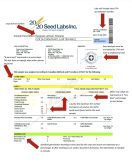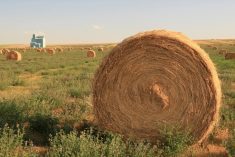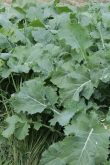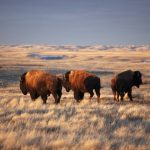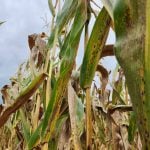Callum Morrison finds himself talking about cover crops constantly. It’s a topic he’s happy to dive into.
“My job isn’t focusing on cover crops, but I think it’s always something I’m going to be interested in,” he says.
He’s been working in the cover cropping area of research for years since he started his master of science program at the University of Manitoba in 2019. At the time, Morrison and his supervising professor, Dr. Yvonne Lawley, created a survey asking questions about cover crops and sent it out to producers. Two-hundred-and-eleven producers responded, from a range of different operations, using cover crops in different ways. They sent out another survey in 2020 where 281 farmers from across the Prairies responded.
Read Also
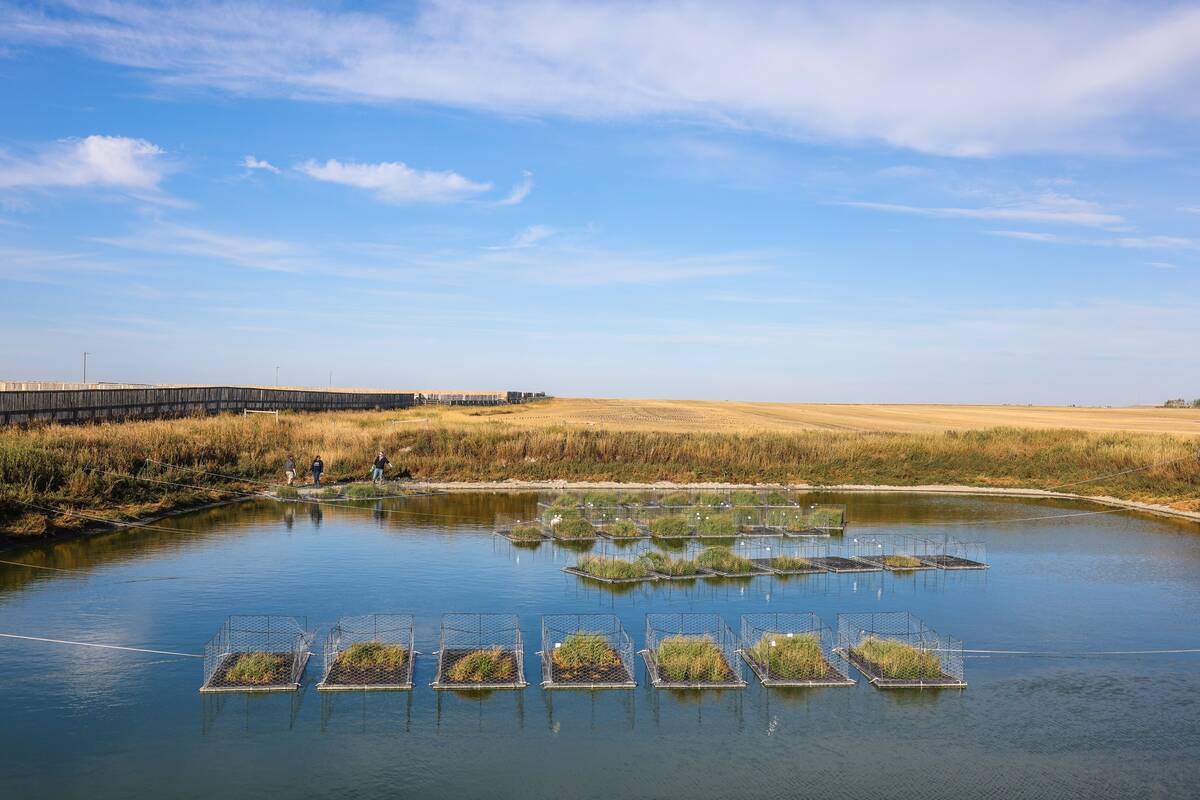
Alberta researchers study potential of native plants to clean water in feedlot run-off
Olds College researchers look at how native plants can help clean water in feedlot run-off ponds.
While conducting these surveys, Morrison looked at two different groups of producers — those who were growing cover crops for grazing, and those who didn’t intend to graze.
Grazing cover crops
Of all the people surveyed by Morrison, 62 per cent of all respondents had livestock, and 54 per cent had beef cattle.
He went on to say 50 per cent of grazing producers also intended to grow cash crops, compared to a third of respondents who wouldn’t be grazing.
Many people who are using cover crops for grazing start by intercropping, which means sowing two different crops together to maximize total yield. Cover cropping entails growing two or more crops together to cover the soil and improve soil health.
“I think they’re growing for longer throughout the season. So, we’re potentially seeing a bit more biomass and I think there’s more potential for, you know, changes to take place in the soil and such,” says Morrison.
In the survey, common reasons given for grazing cover crops included building soil health and financial gain. Financial gain as a motivation is more common for people in the cropping sector. However, 20 per cent of grazers were motivated by financial gain, as well.
“So really, what that’s telling me is that people are growing cover crops clearly more for environmental reasons at this point, rather than to necessarily see financial gains.”
Diversity
The difference between growing cover crops for grain versus for grazing is clear when looking at the types of plants grown in the cover crop, as well as how many are grown. Morrison says often when a cover crop is grown for grain, there are one or two types of plants in the cover crop, whereas for grazing, there are more frequently five or six crops. This means ranchers are often willing to pay more for their cover crop.
“For farmers that aren’t intending to graze, it’s really pretty simple mixes,” Morrison says. “What we see with those who intend to graze, the most common response was two to three species and the second-most common response is six to seven species. So, what we’re seeing here is really (for) farmers that intend to graze, they seem more likely to select more species, which are more diverse, and potentially willing to pay more for those mixes.”
Though most farmers surveyed say cover crops are helping to improve their soil health and they see an increase in soil organic matter, they also don’t know how it benefits them financially, especially for graziers who are spending more money on their mixes.
“When everything’s all aggregated together, 47 per cent of our farmers told us that they didn’t know how cover crops were impacting their bottom line. So to me, it’s really too early to say if farmers are seeing financial benefits,” Morrison says.
But the financial benefits become clearer after a producer uses a cover crop for a few years because 88 per cent of grazing respondents who grew cover crops saw positive benefits from the cover crops within the first three years.
“People who responded to our survey who wanted to graze, they seem to be seeing benefits quicker.”
Challenges
While Morrison says not being able to measure financial gain is one of the challenges of cover cropping, he says there are a few other challenges such as the short growing season. This is especially an issue for producers who want to harvest their cover crop instead of grazing it, as Morrison says sometimes producers are forced to graze their cover crops due to the weather.
“Occasionally, something wasn’t managed to be grazed that was in the end, or someone grew it with the intention of grazing but due to circumstances, it wasn’t.”
Other challenges are a lack of equipment, an absence of moisture in the fall and which herbicides to use and when.
Morrison says a large barrier for producers who want to get into cover cropping but don’t know where to start is a lack of information.
“So that kind of gets into, when you look at those who want to try growing cover crops, they say that technical assistance is the number one thing that would help them adopt cover crops.”
Advice
Although Morrison’s primary focus is on the annual crop side of cover cropping, he says grazing and non-grazing producers need to have the same things in mind when starting to use cover crops; primarily, a goal. Then producers can look into what opportunities they have to integrate cover crops on their farms.
“I think farmers should know that you don’t have to aim for the most complex cover crops. You don’t need to delve right into the deep end. There’s nothing wrong with starting simple and on a small number of your acres.”
He says producers should be flexible and constantly evaluate the work they’re doing on their operations to ensure growing cover crops is still what’s best for their operation. He says sometimes weather, the landscape, or the location can make or break whether cover crops work.
“I think that by starting small, you leave yourself that flexibility,” Morrison says.
“You may have every intention to grow a cover crop or adopt a certain practice. But don’t feel bad that every year will not give you the same opportunity.”
Future of cover crops
When Morrison started his research for his master’s degree, cover cropping wasn’t very common on the Prairies. Now, more and more producers are using it, and there’s funding for cover crop research.
“People’s knowledge that these things exist is a lot more common. There’s a lot more networks now, peer-to-peer farmers learning and talking to one another. So, I’d be interested to see kind of how things have changed.”
He says he’d be interested in doing another survey now to compare to the surveys he did in 2019 and 2020.
For now, Morrison is finishing off his thesis part-time while he works full-time for Manitoba Agriculture. And while he isn’t working in the cover crop area, he still has a fascination in the topic.
“I want people to know that I think cover crops are a tool to help you achieve things.”




